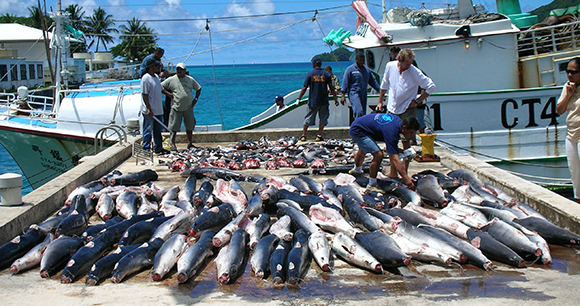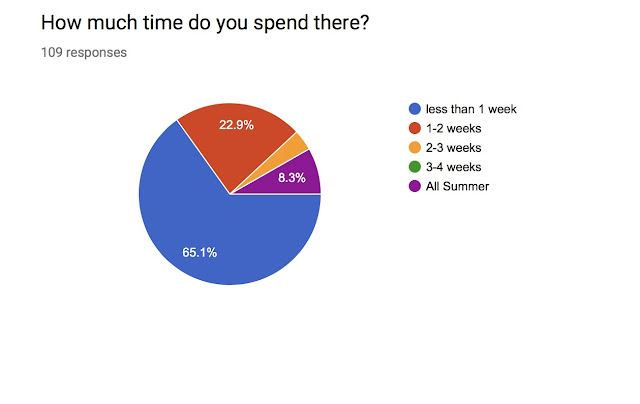With these recent attacks, tourists who regularly visit the Cape every summer may consider relocating to different areas for vacations. Some surfers have even decided to wait until winter to go surfing to be safe. This change factor certainly is a concern for the future of Cape Cod economy.

Shark safety is on every towns mind this off season. Researchers are actively holding town hall meetings to address concerns and provide facts and educating. Educating a scared public is difficult and selectmen who are quick to appease the towns in which they serve. The most recent proposal for shark safety came last week from the town of Chatham. Town selectmen endorsed a proposition to install shark netting and other barriers around one of its most popular beaches, Oyster Pond. The idea is that these nets will provide a safe designated swimming area for beachgoers, preventing sharks and seals from coming close to shore.
Australia and South Africa have already tested and are using shark netting on a beaches of their own. Although these net installations have succeeded in keeping some sharks away, they've also been heavily criticized due to the deaths of sharks and other marine mammals as a result of entanglement. This is a clear example of an ineffective strategy, because it hasn't worked to the extent in which humans can coexist with the ocean without harming its inhabitants.

The Atlantic White Shark Conservancy has led to local communities to take extra precautions at beaches that won't endanger the marine life. These include warning signs, purple shark flags on lifeguard chairs, research boats that raise a flag if they're tracking a shark nearby, and even spotter planes/helicopters that fly along the coast to locate and report shark sightings. The shark is sighted and the pilot radios it's location to the harbor master who then closes a beach for safety. The hope for the continuation of tagging sharks will allow for increase of buoys for pings to be picked up and notification of sharks in local waters. While all sharks cannot be tagged, the aim is to tag as many as possible to see if there are local residence White Sharks. Research does support that Cape Cod does have "locals" in the water.

Perhaps the most controversial method of drawing sharks away would be through the use of drum lines. For those people who aren't familiar with the traditional drum-line, it's a trap that's designed to lure in sharks using baited hooks. And much like the idea of shark netting, this idea has been effective in keeping sharks away from people, but has nevertheless resulted in a large number of unnecessary shark deaths from being stuck on the hooks. Only around 70% of marine mammals caught on drum lines end up being released alive. The sad thing is, these drum lines are often deployed with the intent of killing the sharks, which is why this practice has been heavily criticized by people who've insisted on banning them.
However, with the use of smart drum-lines, this can be done from a more conservative standpoint. The idea behind smart drum-lines is to be able to alert nearby wildlife rangers of a shark biting the line, with the use of an electronic magnet that triggers a signal when pressure is put on the line. This allows for a vessel to respond within 30 minutes of the incident. The sharks are then towed 500 meters further from the shore, and released. This method has proven to be much more successful, with around 99% of all sharks being released alive.

The use of nets or drum lines is certainly not a guarantee against a shark attack. Culling seals and sharks is not a guarantee against a shark attack. Marine Biologist have called Cape Cod "the Burger King rest stop on I 95" on the way to the Gulf of Maine and Canada. The know that some sharks to stay and hang out for the summer. But, they also believe Cape Cod is just part of a "super highway". Some proposals that will certainly be in the upcoming season is "Stop the Bleed" kits at every beach parking lot. Drone patrols and increased signage are also certain additions.
'There are less than 100 attacks globally by sharks, and less than 10 percent are fatal. All it takes is one. It changes the way you think." Greg Skomal said at a town meeting at Nauset Regional Middle School on November 14.
In addition to these warning methods, the Atlantic White Shark Conservancy has also promoted a training program known as "Stop the Bleed". This program is designed to medically train the public on how to treat a human flesh wound in the event that a shark attack occurs and there's no time to call for help. These safety methods will certainly help in the event a trained person is local at the next shark attack. And there will be another. No doubt.
Summer of 2019 should see an increase in many things. Awareness, training, flags, signs, drones.... But, neither the marine biologists and scientists nor the selectmen elected to protect the welfare of their towns people, want to anyone bleeding. Shark or swimmer.












